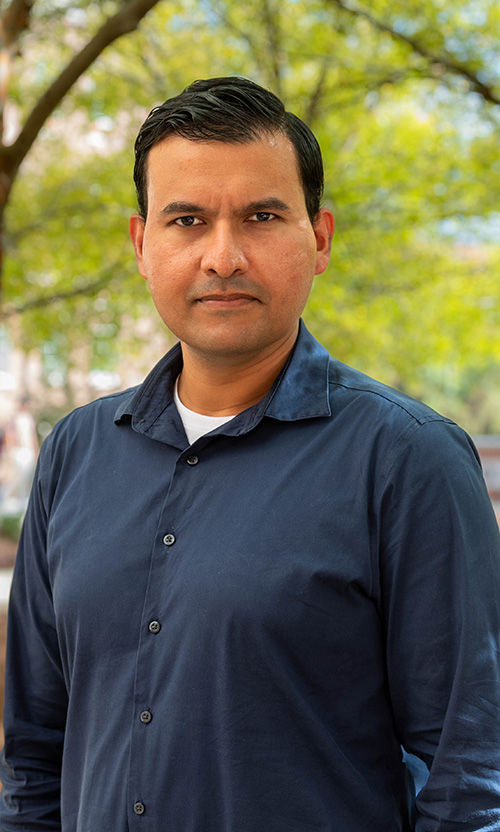Auburn DBF team has top 20 finish in AIAA Design Build Fly Competition
Published: May 14, 2024 8:15 AM
By Dustin Duncan
Auburn University’s Design, Build, Fly (DBF) program's goal was to compete in Wichita, Kansas. They succeeded — not only competing — but earning a top 20 international finish and being the top school in the Southeastern Conference.
It had been four years since Auburn had a team make it to The American Institute of Aeronautics and Astronautics (AIAA) Design, Build, Fly national competition. However, experience and learning from past failures motivated the 2023-2024 team to heights previously unknown.
Breaking Through The Clouds
Meagan Blosser, Auburn DBF president, said AIAA sent a request for proposals (RFP) in September to lay out the objectives and ground rules for the upcoming competition in April. She said teams had about a month to submit a proposal for consideration. After proposals are reviewed, about 100 teams are typically invited to participate in the competition.
“Our number one goal was just to get our proposal accepted since we hadn’t been able to do that in four years,” Blosser said.
Auburn was accepted, but that was just the initial ascent of their journey, even though the team understood that the first major checkpoint had been cleared.
Immediately after the proposal was accepted, the team started working on two fronts. They began to design their remote-controlled plane, affectionately named Aurea after an eagle that makes pregame flights at Jordan-Hare Stadium during Auburn football games.
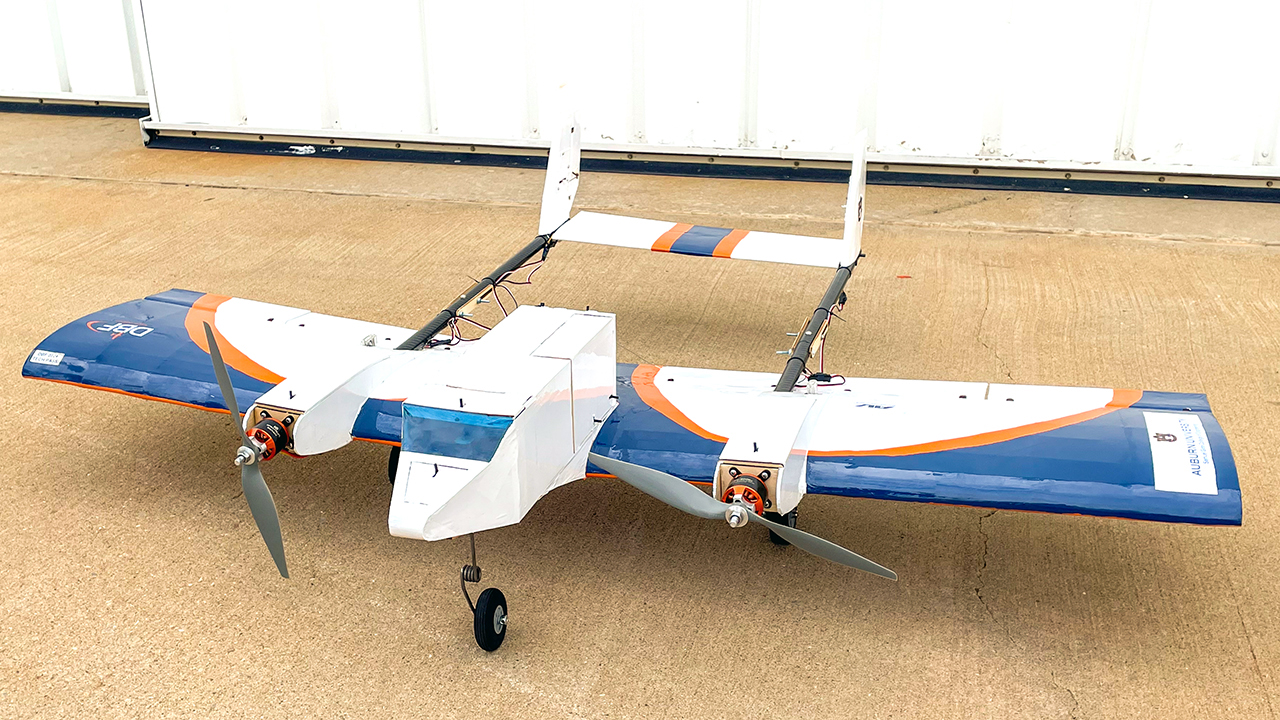
Simultaneously, they began compiling a technical report documenting the design of their aircraft, which needed to be submitted to AIAA by February. The report determines the flight order in Wichita, and the score is multiplied by their competition score to decide their overall score.
Blosser said that Auburn’s DBF program has about 30-40 active members, who break up into sub-teams to focus on specific aspects of designing and building the plane.
Building Upon Past Experience
Cole McCormick is DBF's chief engineer. He said that in 2023, although the team didn’t pass the proposal stage, they still tried to build an airplane following the RFP issued by AIAA. However, the team couldn’t make that plane fly successfully.
Building on previous experience, McCormick set a new goal once Auburn was accepted into the 2024 competition — build an airplane to complete all missions. He said historically, about one-third of all teams complete all missions during the competition, and doing so would likely guarantee a top 30 finish.
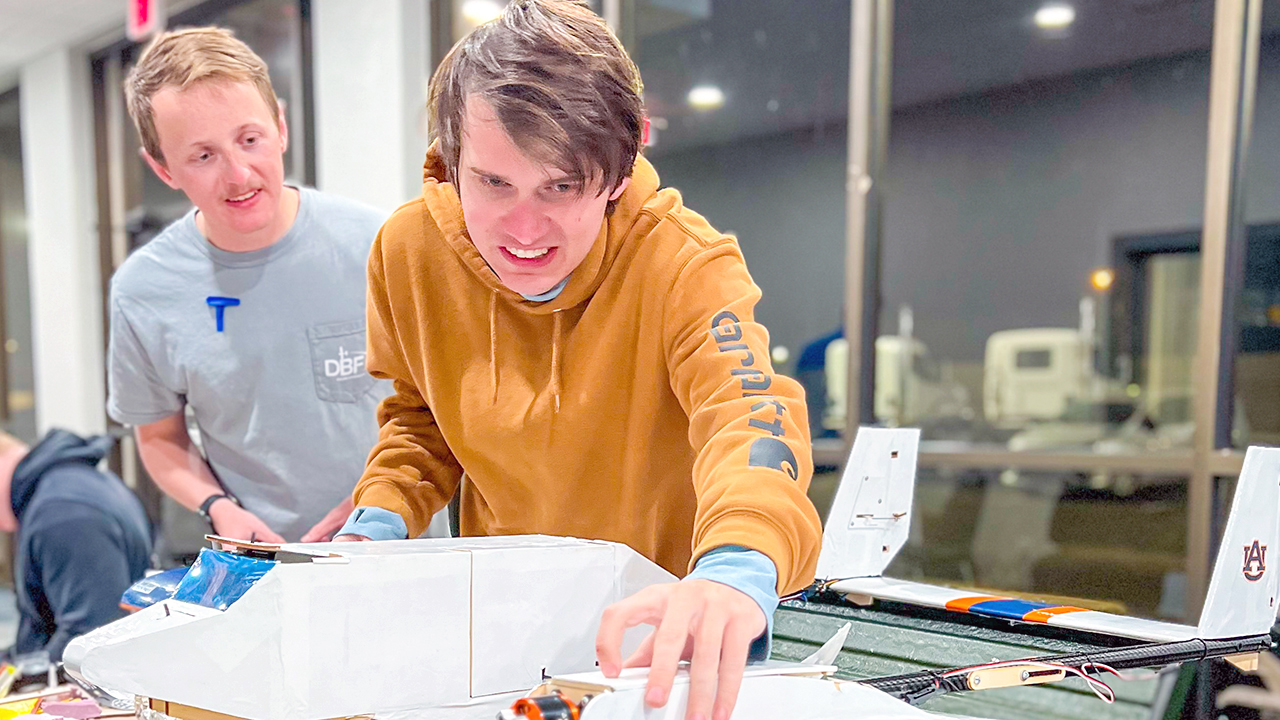
During the competition, teams had three missions to complete for scoring. First, they had to demonstrate that their plane could fly a delivery flight. Second, they had to conduct a medical transport flight carrying a patient (a doll) onboard a gurney and a medical supply cabinet. Third, they had to complete an urban taxi flight, maximizing the number of passengers (dolls) carried onboard in proper restraints. Additionally, teams had to conduct a ground mission to demonstrate how quickly they could change their aircraft configuration from delivery to medical transport and finally to urban taxi flight.
McCormick’s team engineered an 11.5-pound airplane with a five-foot wingspan and four feet in length. It had to be able to fold up to fit in a parking spot two and a half feet wide. Blosser said they designed the tail booms to fold over instead of the wings.
Wheels Up
When DBF arrived in Wichita, they still didn’t know how many teams would be permitted to fly before them. As it turned out, they were in the top half, meaning they had a chance for additional flights if they hit any turbulence.
The first two flights went smoothly, but the third mission had a hard landing, significantly damaging the airplane. According to the rules, that flight didn’t count as the aircraft had suffered non-trivial damage upon landing.
The team stayed up until 4 a.m. that night, making repairs to pass a physical inspection, which granted them clearance for another takeoff. If they had failed that inspection, they would have been required to wait their turn among the 93 teams vying for airspace.
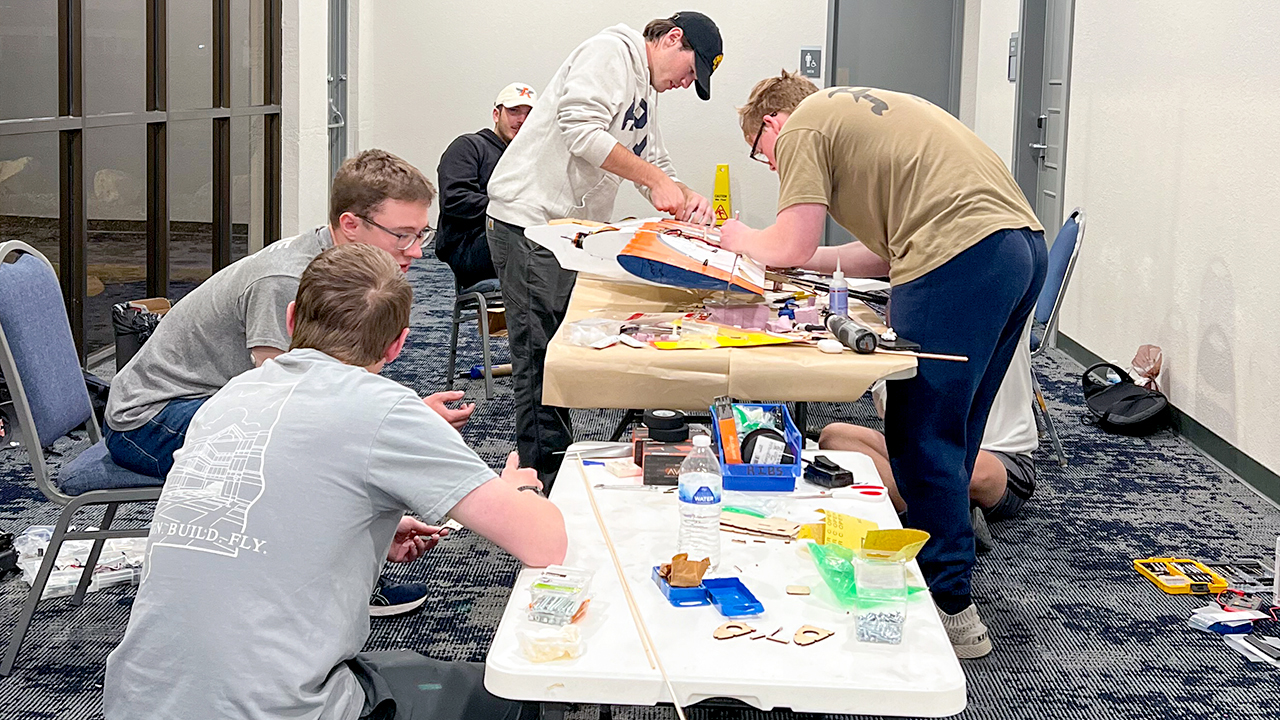
Due to their technical prowess, repairs were successful, and because of their high position due to their technical report score, Auburn was able to take the runway for a fourth flight. This time, smooth sailing.
“We only got four flights in,” McCormick said. “We wouldn’t have gotten a fifth.”
Blosser said the team experienced a rollercoaster of emotions watching the airplane fly.
“Every single turn the plane takes, you’re holding your breath, hoping that the plane will perform how you expect it would,” she said. “When it lands, it’s the best feeling ever.”
McCormick agrees, and from an engineering standpoint, he was confident, but the heavy winds in Wichita made the pilot’s task extremely challenging.
“I knew our plane could fly, and I knew we could complete the mission. But once we got there, my biggest worry was the weather,” McCormick said. Once the plane takes off, I get a wave of relief, and then the stress slowly builds back up as we get closer to landing. Once it’s on the ground, relief is the only emotion at that point.”
Wheels Down
In the end, Auburn had the 21st-highest mission score, but due to their technical report score, the DBF team finished 20th overall in the international competition, which featured 93 teams.
“I'm just so happy. I'm so proud of the team because of all the work that everybody put in. It was a collective effort,” Blosser said.
Blosser and McCormick, who both graduated with aerospace engineering degrees in May, said they learned a few life lessons from this past year’s experience.
Blosser said her role as president provided her with personal growth. She developed communication, leadership, and decision-making skills — all areas she admitted needed improvement before the year began.
“I would say I learned that nothing goes perfectly according to plan, and you’re going to learn from the mistakes you make along the way,” Blosser said. “You can make a schedule, but it's probably not going to go according to schedule, and that's OK.”
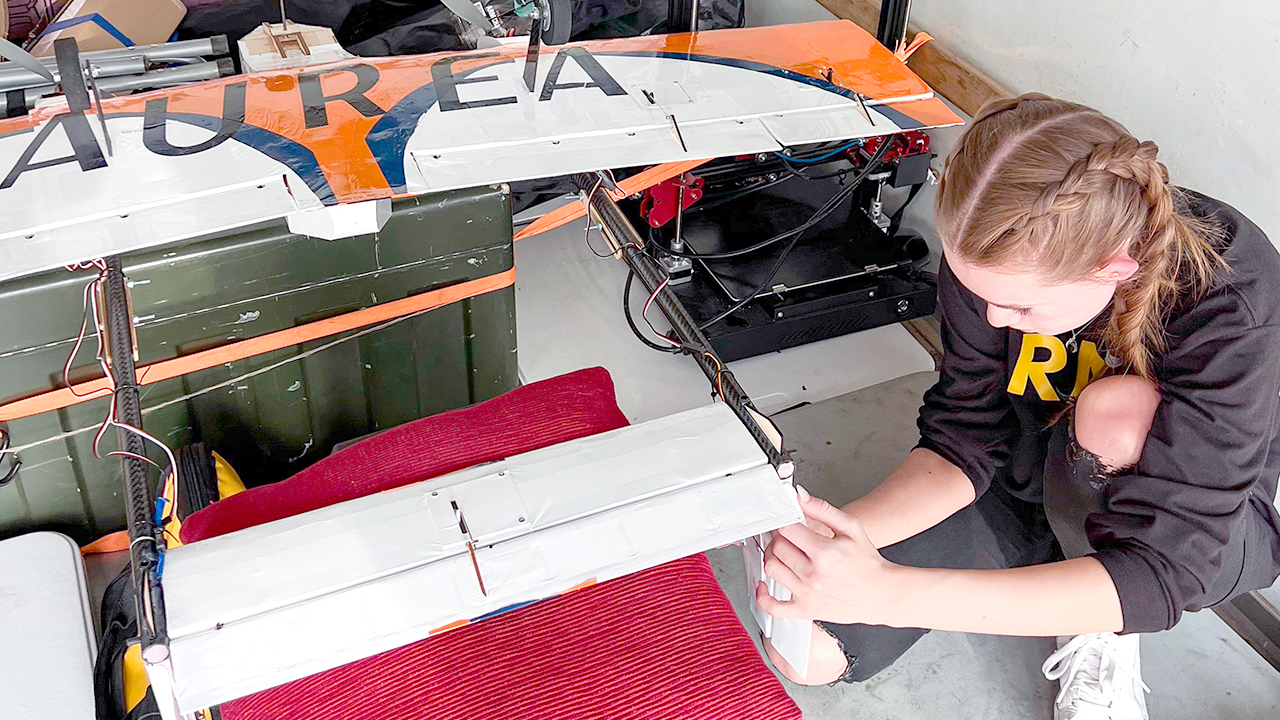
McCormick said his view on solving problems has changed since the competition.
“For every problem, there are at least 100 solutions,” he said.
Imon Chakraborty, assistant professor in the Department of Aerospace Engineering and the faculty advisor for the DBF team, praised the team’s accomplishments.
“What we saw at DBF 2024 was an incredible resurgence for our DBF team, which had missed out on a few past competitions due to COVID or narrowly missing the proposal cut,” he said. “Watching them during the design phase and in Wichita made me incredibly proud. The way they worked through the night to repair the structural damage and ready the aircraft for flight the following day should inspire future team members.”
Media Contact: , dzd0065@auburn.edu, 334-844-2326
Pictured is the Auburn University Design, Build, Fly team that achieved a top 20 finish at the AIAA Design, Build, Fly competition in Wichita, Kansas, in April.


